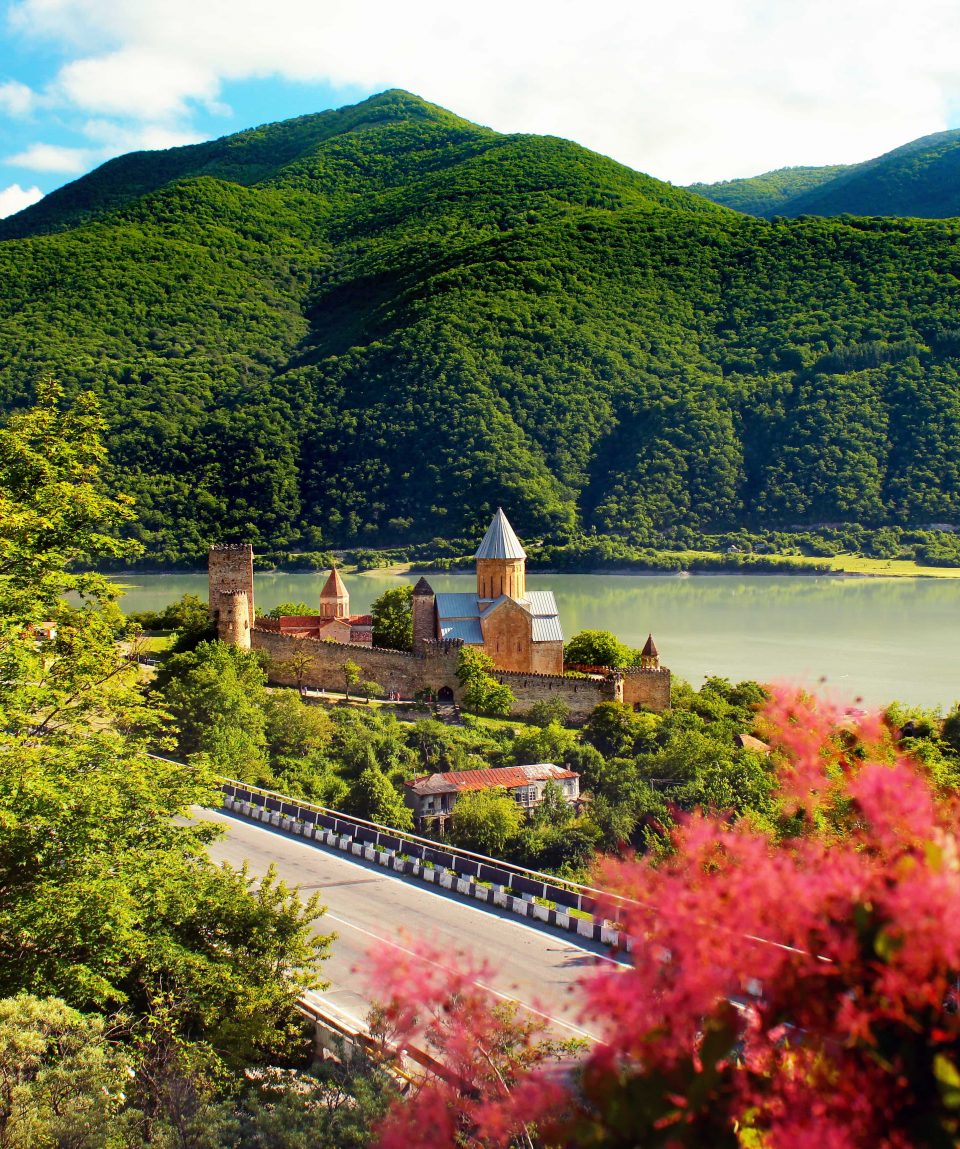CAUCASUS BIG TOUR 15 DAYS
from €1,600.00
Group size 10 Start Yerevan
Countries 3 End Baku
-
Reviews 0 Reviews0/5
-
Vacation Style Holiday Type
-
Activity Level Challenging
-
Group Size Medium Group
All about the CAUCASUS BIG TOUR 15 DAYS.
On this tour you will experience fascinating countries with an ancient culture, own languages and scripts, intriguing traditions that express all the past centuries, when the Caucasus was a melting pot of western and oriental influences. Marvel with us beautiful sceneries and early Christian monuments, enjoy the delicious Caucasian cuisine with Georgian wine and let yourself be inspired by the extraordinary hospitality of the local population!

The tour package inclusions and exclusions at a glance
What is included in this tour?Items that are included in the cost of tour price.
- 14 x nights in 3* or 4* hotels: 2 x Yerevan, 2 x Sevan, 2 x Tbilisi, 2 x Gudauri, 1 x Telavi, 2 x Sheki, 1 x Qabala, 2 x Baku.
- All-route English-speaking guide.
- Transfer by modern coach throughout the whole trip.
- Meals: 13 x HB, among which also dinner at farmer ’s family on the 9th day.
- English-speaking city tours (or other languages required) in Yerevan, Tbilisi,Mtskheta, Gori, Gudauri, Sighnaghi, Qabala, Sheki, Baku.
- Entrance+guided tour: all sacred buildings according to the itinerary; Monastery Naravank, Sevanavank church complex, Museum of Genocide Victims in Yerevan; Zvartnots ruins; Cave City Uplistsikhe; the Stalin Museum; Princess of Chavchavadze residence in Tsinandali; Nij church, Kish church, Khan Summer Palace of Sheki, the Shirvan Palace in Baku.
- Other highlights: wine tasting in Tsinandali.
What is not included in this tour?Items that are not included in the cost of tour price.
- Visa Fee
- Travel Insurance
- Flights
- Single Supplement
- Any meals not mentioned
- Any transfers not mentioned (e.g. first and last day)
- Any expenses of a personal nature
- Camera/video permits
- Tips to the guide and driver
- Day 1 Welcome to Caucasus
- Day 2 Yerevan
- Day 3 Southern Armenia
- Day 4 Sevan lake
- Day 5 Road to Tbilisi
- Day 6 Ancient capital of Georgia
- Day 7 Through the Silk Road
- Day 8 Mysterious Kazbek
- Day 9 Wine region of Kakheti
- Day 10 Road to Azerbaijan
- Day 11 Silk production and an oriental bazaar
- Day 12 Capital of ancient Kingdom Albania
- Day 13 Ethnographic diversity of the Land
- Day 14 Baku
- Day 15 Departure
Overall Rating
0/5
-
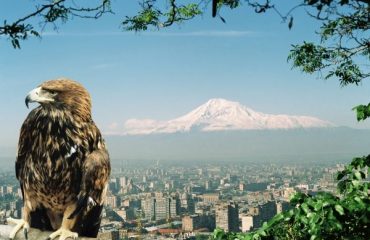 Mountain-Ararat-and-city-YerevanArmenia
Mountain-Ararat-and-city-YerevanArmenia
-
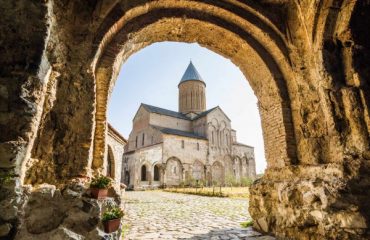 Georgia-Alaverdi-Monastery-min-600x400
Georgia-Alaverdi-Monastery-min-600x400
-
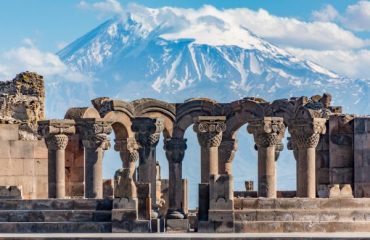 Ruins-of-the-Zvartnos-temple-in-Yerevan-Armenia-with-Mt-Ararat-in-the-background-min-600x400
Ruins-of-the-Zvartnos-temple-in-Yerevan-Armenia-with-Mt-Ararat-in-the-background-min-600x400
-
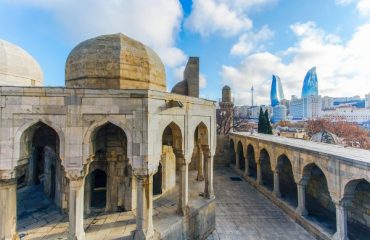 Old-City-in-Baku-on-the-background-Flame-Towers-min-600x399
Old-City-in-Baku-on-the-background-Flame-Towers-min-600x399
-
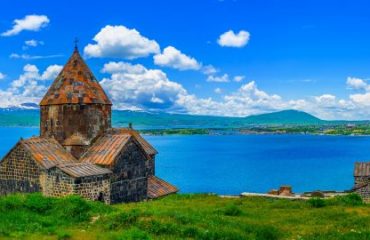 Panoramic-view-of-Sevan-Peninsula-with-both-Churches-of-Sevanavank-Monastery-Holy-Apostles-and-Holy-Mother-of-God-on-the-green-meadow-and-with-the-pure-Sevan-Lake-on-the-back-min-600x270
Panoramic-view-of-Sevan-Peninsula-with-both-Churches-of-Sevanavank-Monastery-Holy-Apostles-and-Holy-Mother-of-God-on-the-green-meadow-and-with-the-pure-Sevan-Lake-on-the-back-min-600x270
-
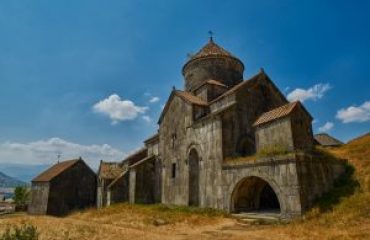 Haghpat-Mountain-Monastery-in-northern-Armenia-min-300x200
Haghpat-Mountain-Monastery-in-northern-Armenia-min-300x200
-
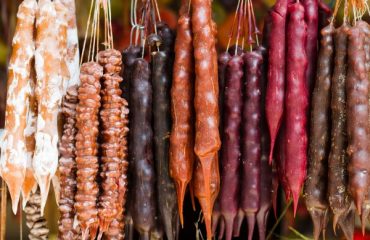 Traditional-Georgian-sausage-shaped-candies-the-churchkhela-also-called-the-Georgian-snickers-2-min-600x400
Traditional-Georgian-sausage-shaped-candies-the-churchkhela-also-called-the-Georgian-snickers-2-min-600x400
-
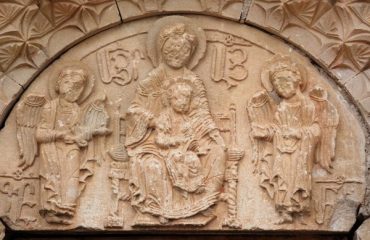 Noravank-in-the-mountains-in-Amaghu-valley-Armenia.-Was-founded-in-1205.-min-600x400
Noravank-in-the-mountains-in-Amaghu-valley-Armenia.-Was-founded-in-1205.-min-600x400
-
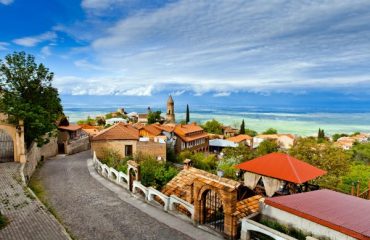 Sighnaghi-or-Signagi-city-in-Georgia-min-600x400
Sighnaghi-or-Signagi-city-in-Georgia-min-600x400

